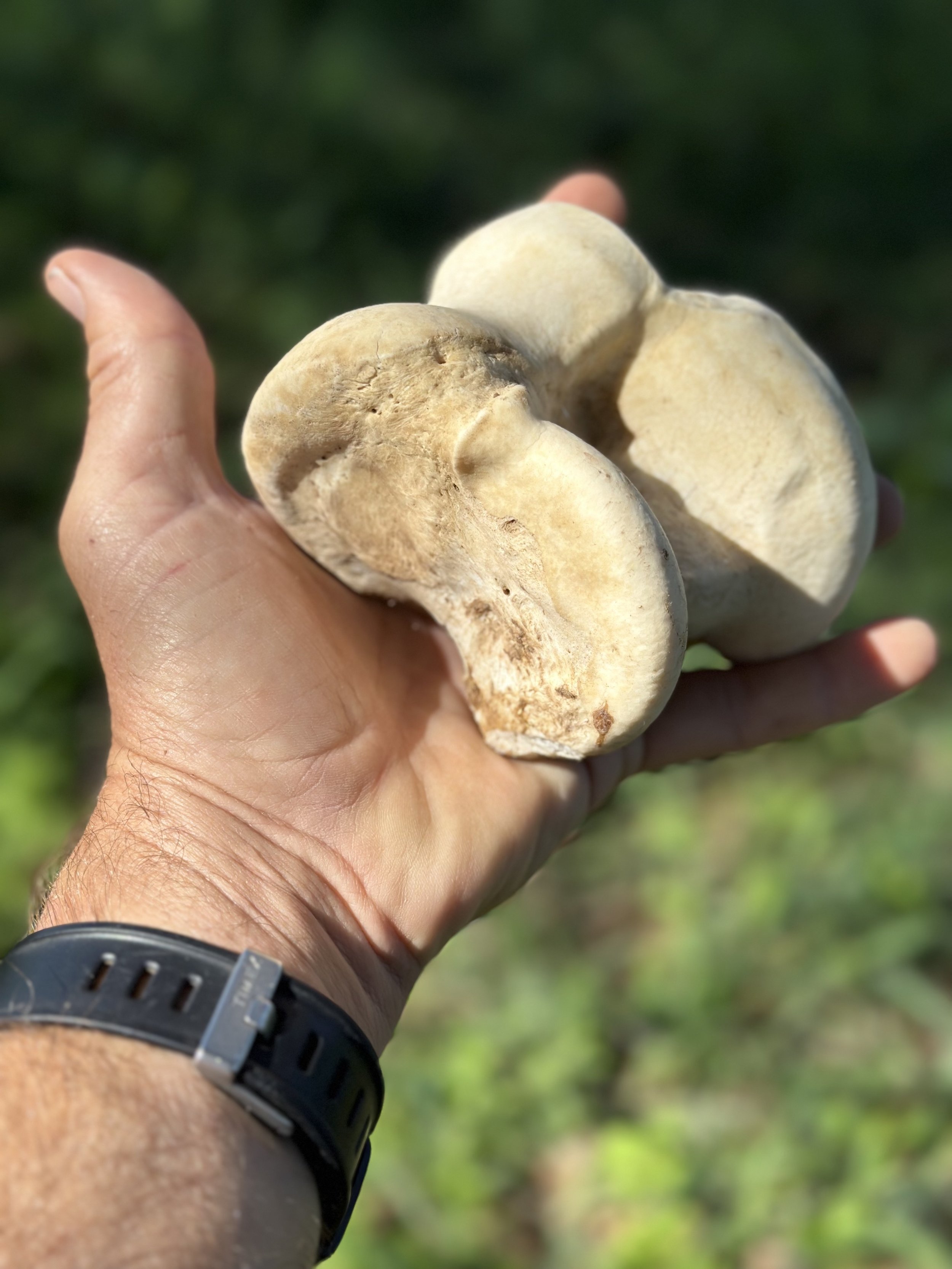The remarkable significance of a small interesting bone: The Astragalus
If you've ever spent time around bones, you've probably seen one. As a safari guide, we walk past them all the time. One guest, who happened to be an archaeologist, once told me that the Astragalus bone is one of the most represented bones in mammalian fossil collections worldwide. Its weight and compact design seem to make it particularly durable. Unlike the longer limb bones that can be broken up for their marrow, the Astragalus is a harder nut to crack and thus lasts longer intact. This is probably why safari guides, archaeologists, and many others seem to run into it a lot. Even ancient humans used the bones as ritual dice predicting the future and playing games with the cube like pieces.
Another reason why we encounter specialized Astragalus bones like those pictured above, is that the animals that possessed them were (are) very abundant. While the Perissodactyls (Odd-toed Ungulates) like rhinos and horses as well as humans and other animals, possess Astragalus or talus bones, it is the Artiodactyls or Even-toed Ungulates that cultivated the most significant design changes like those pictured above. It is for these changes (as well as the heavy digestion systems the better locomotion afforded) that the Bovids, the Giraffes, the Antelopes, the Camels, the Gazelles, the Pigs, and the Whales (yes, you heard that right - Whales are Artiodactyls) were rewarded with huge evolutionary success (almost 300 species!). Their success although, like any evolutionary success, would have come at the expense of other forms.
When artiodactyls first arrived in Africa in the Eocene, it was a starkly different place than what we find today. Imagine photographing Titanohyrax, a hyrax species that weighed over 1000 kg instead of marveling at a Hippopotamus on safari. Afrotheria were an important presence in Africa and included Elephants, Manatees / Dugongs, Aardvarks, Elephant-shrews, Golden Moles and the Hyraxes. Other interesting animals also called Africa home, such as the Multituberculates (like giant rodents), Chalicotheres (giant knuckle-walking clawed horse relatives), Condylarths (a group of odd mammals that were carnivores, herbivores, and omnivores), and Creodonts (frightening-looking predators later outcompeted by dog and cat relatives- like the Artiodactyls, also geologically recent arrivals!). Many of these groups, as well as their diversity, may have been severely impacted by the Artiodactyls success.
The newly arrived grasslands across Africa and the rest of the world were fertile ground for the expansion of the Even-toed ungulates and their new locomotion technology. The grasses aided the animals and the animals aided the grasses. It was the Astragalus bone that was one of the most crucial elements of that success.
The Astragalus is located in the ankle joint and it plays an important role in providing stability and support. The Astragalus allows Artiodactyls to walk on their toes and the bone is shaped like a double pulley, with a smooth, rounded surface that fits into a corresponding groove in the tibia bone, creating a hinge-like joint that allows for fast, responsive and efficient movement without dislocation.
Without the genetics that allowed for this bone to take its modern form, Africa and the rest of the world would be a very different place. What would human evolution have looked like without antelopes, gazelles, buffalo and the rest? Would we have evolved hunting giant Hyrax or barbecuing domesticated rodents? Each time you kick past an Astragalus bone on the ground, give some thought to the significance of it sleek design and its interesting contribution to world history.
Here below is a great video about how to distinguish the Astragalus bones of Artiodactyls and Perissodactyls. It also provides a bit of good history concerning how these bones evolved.



